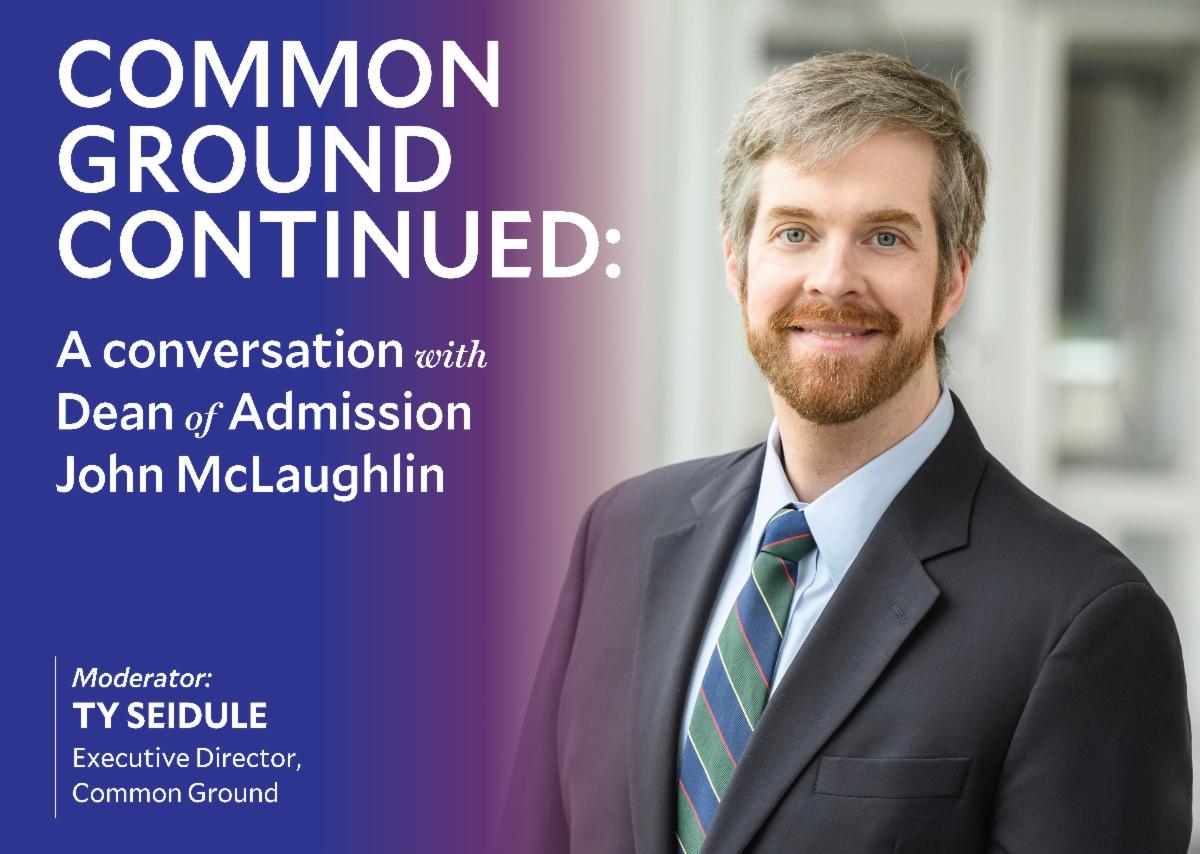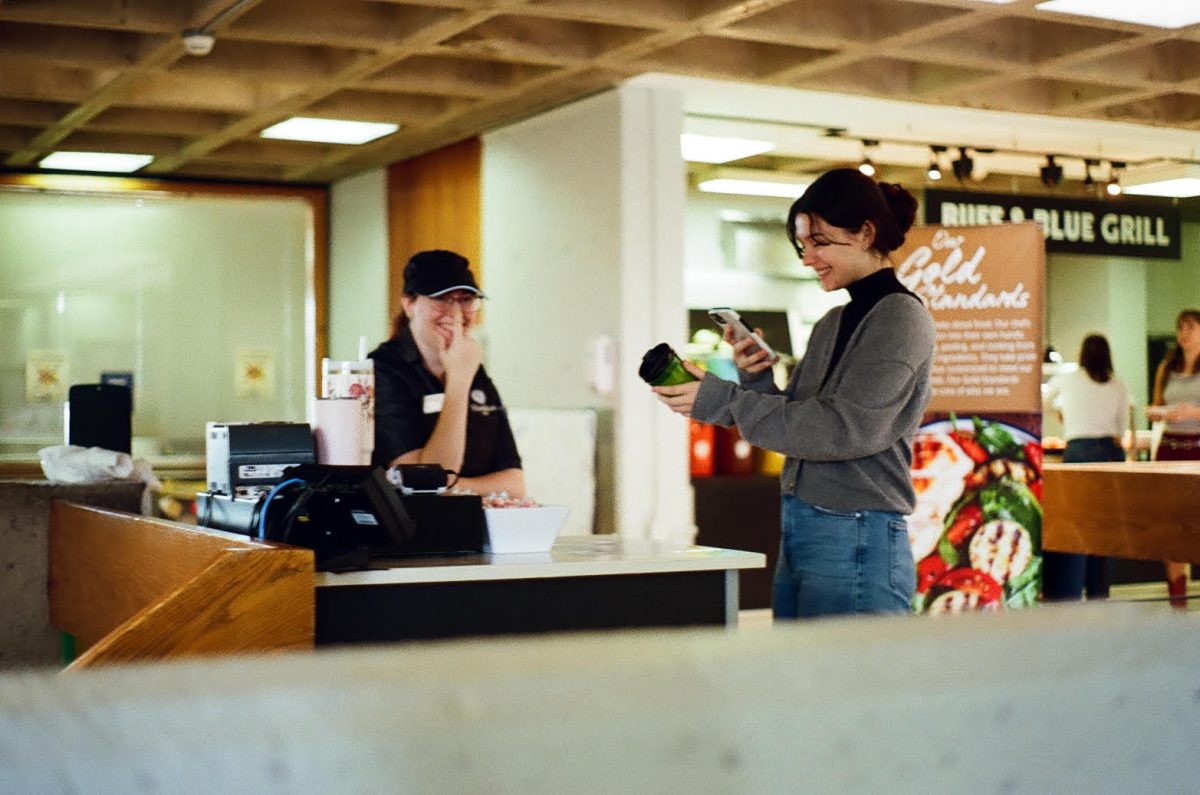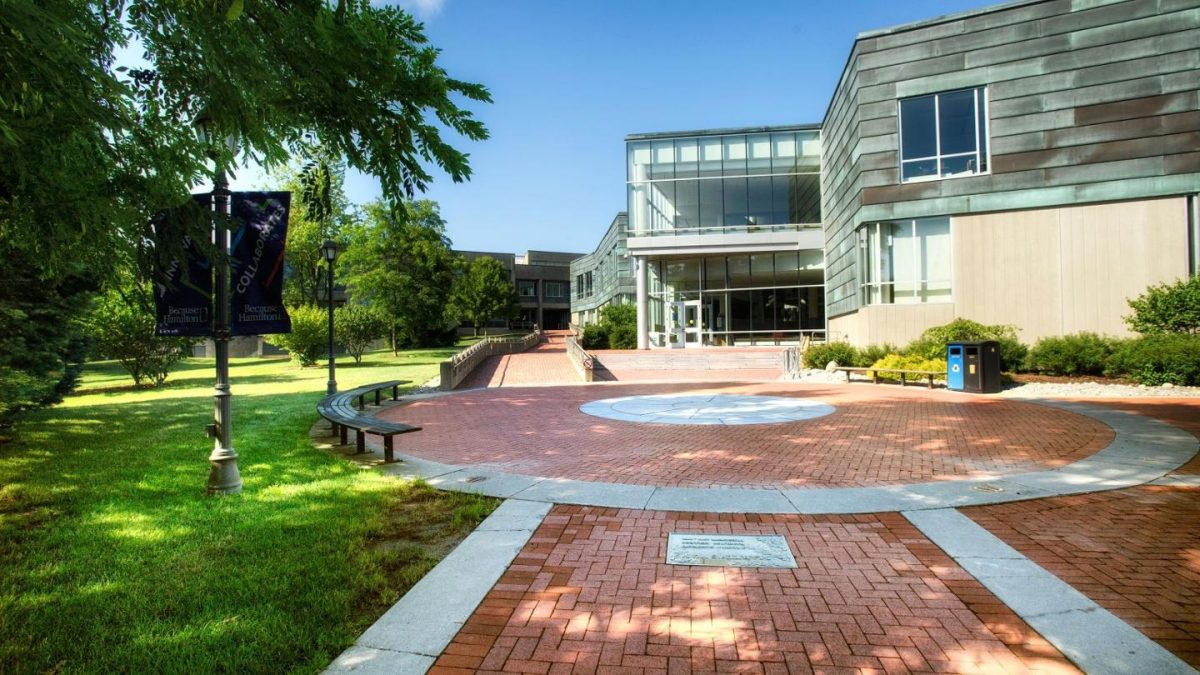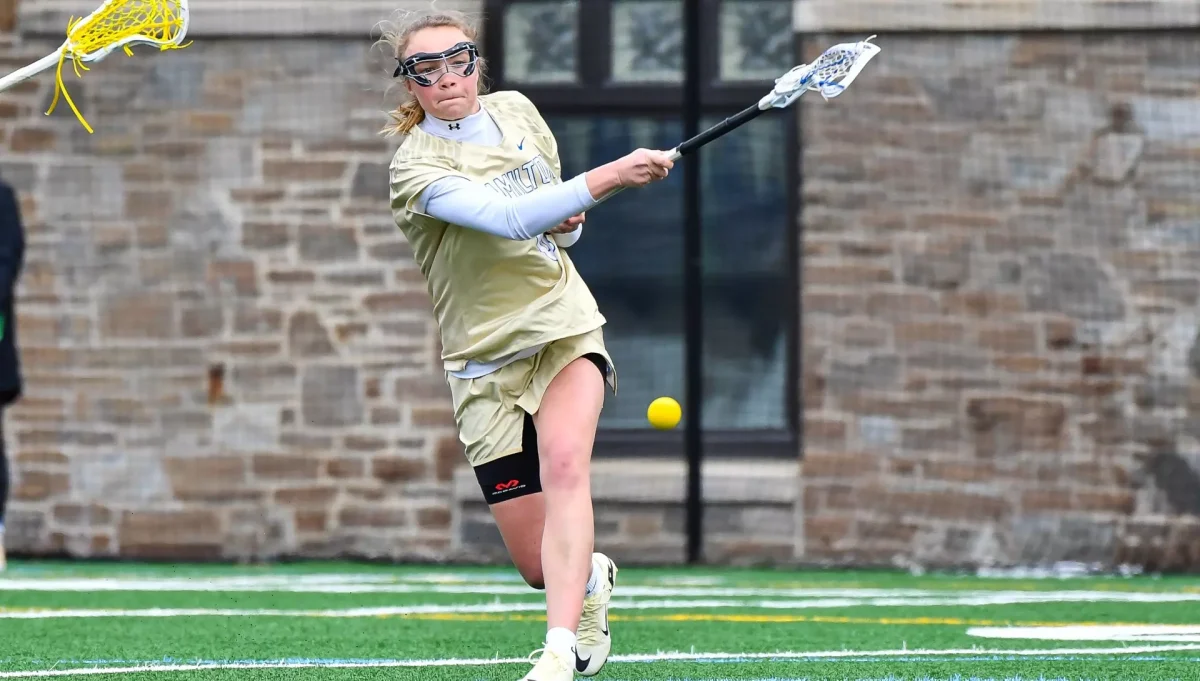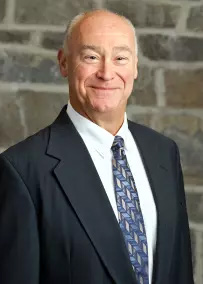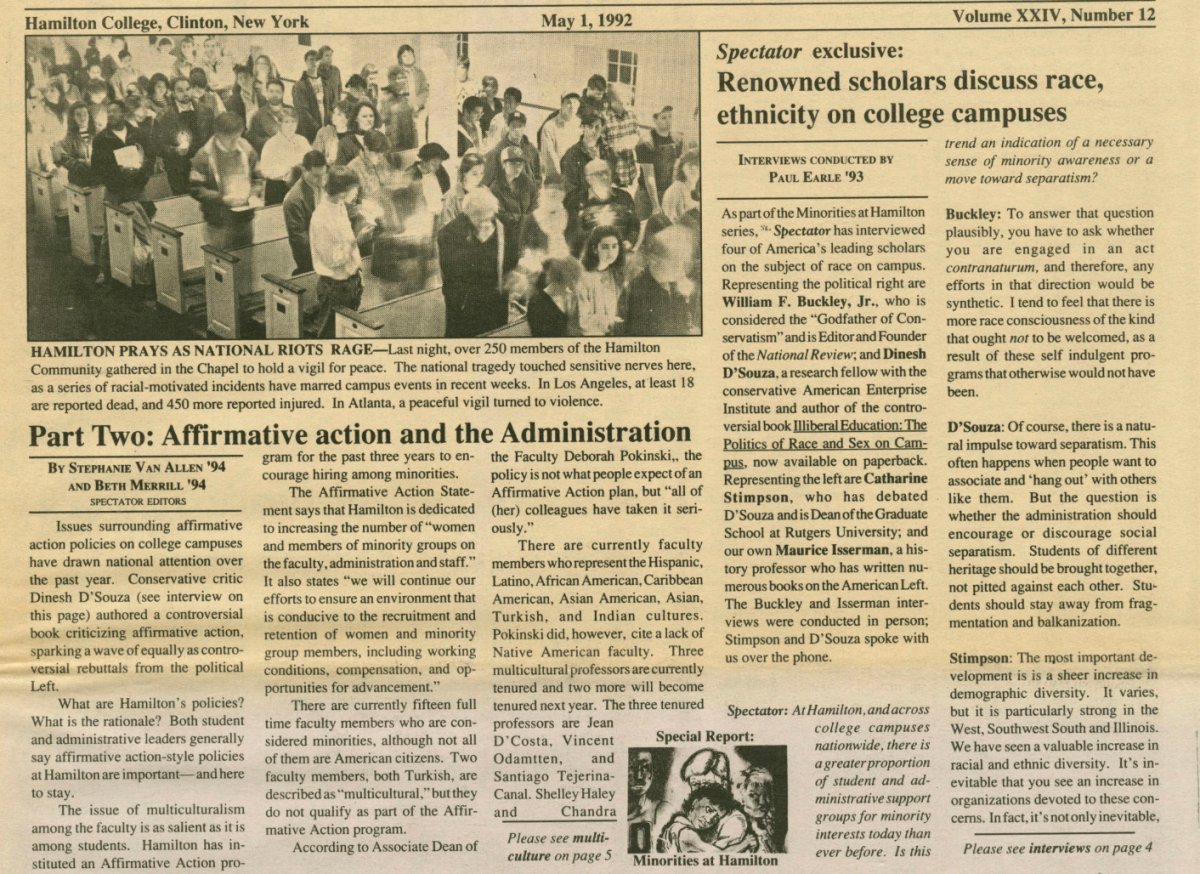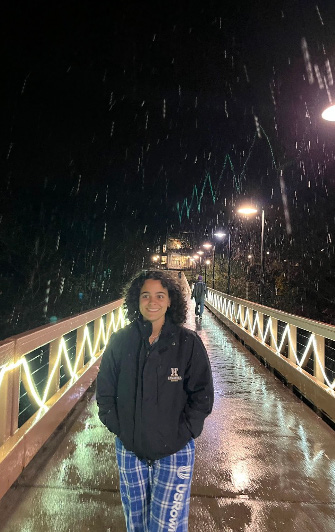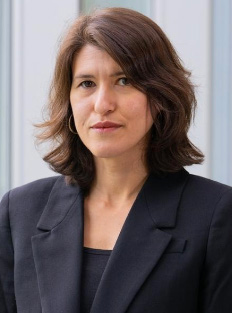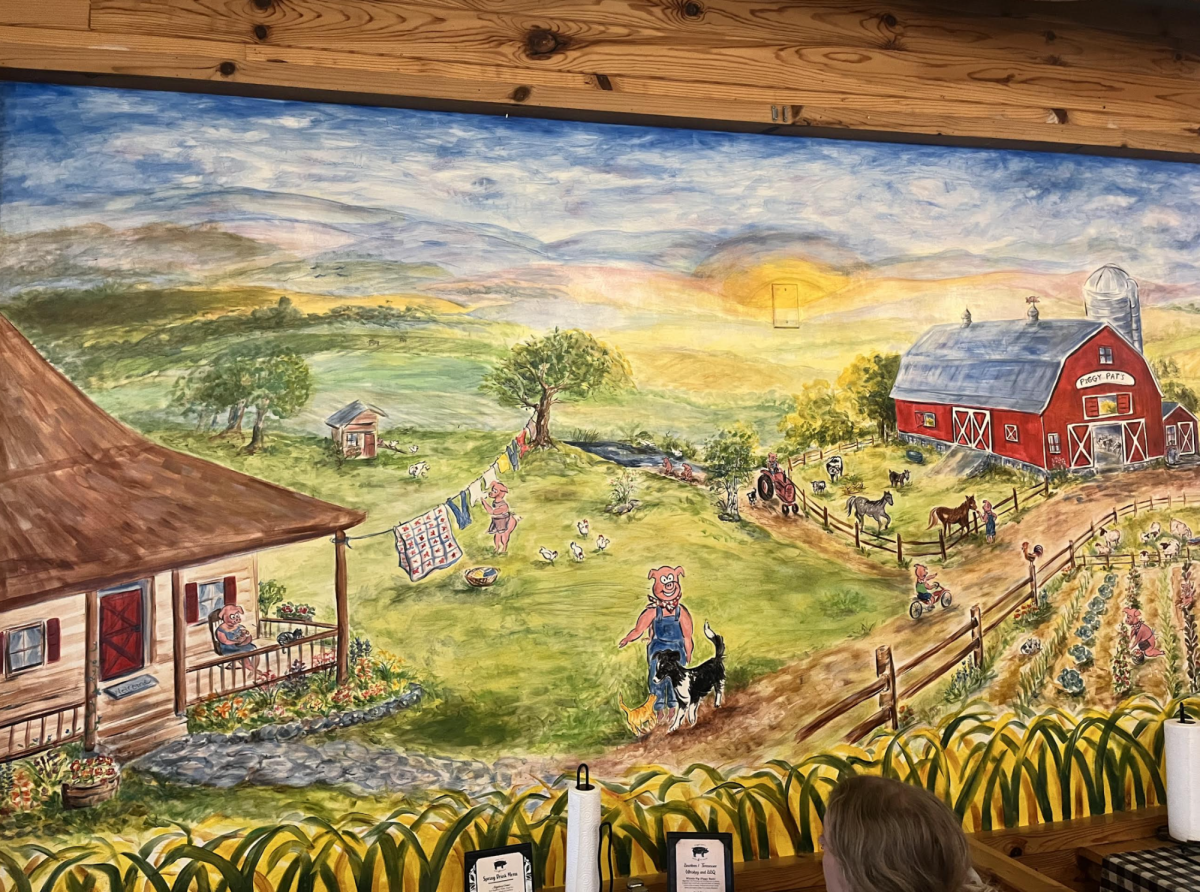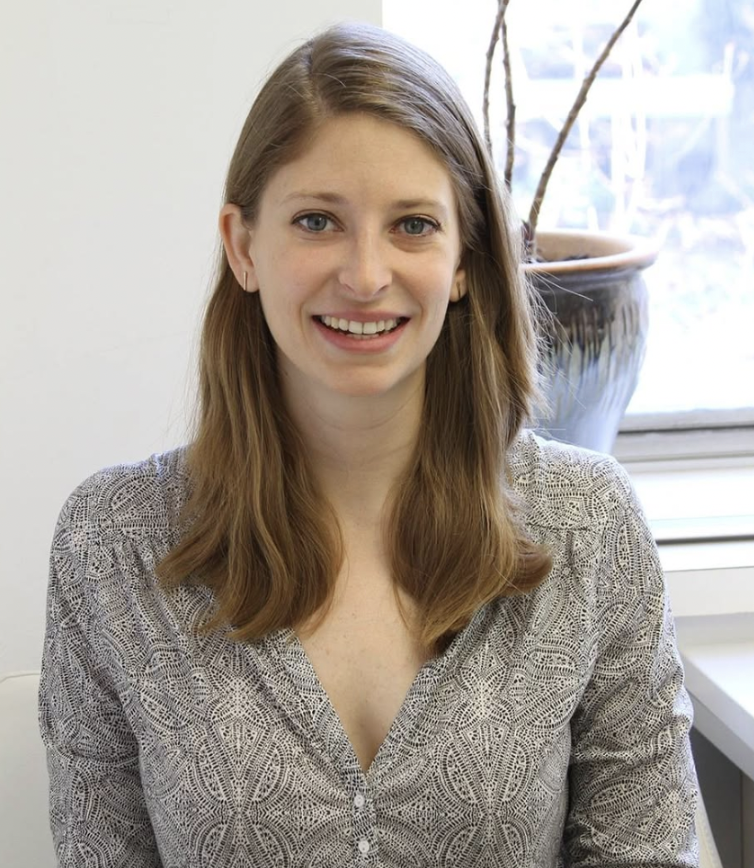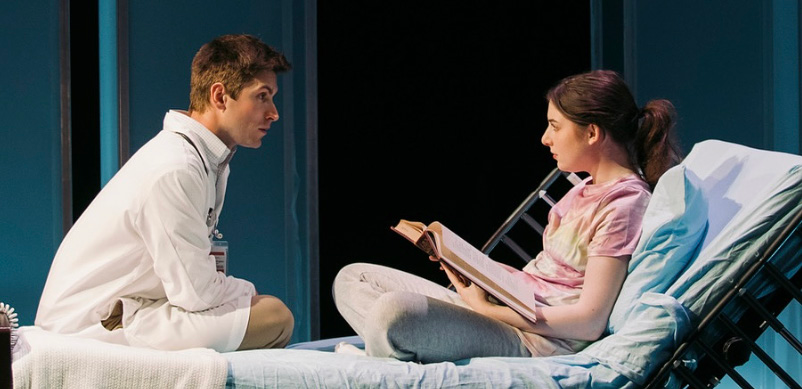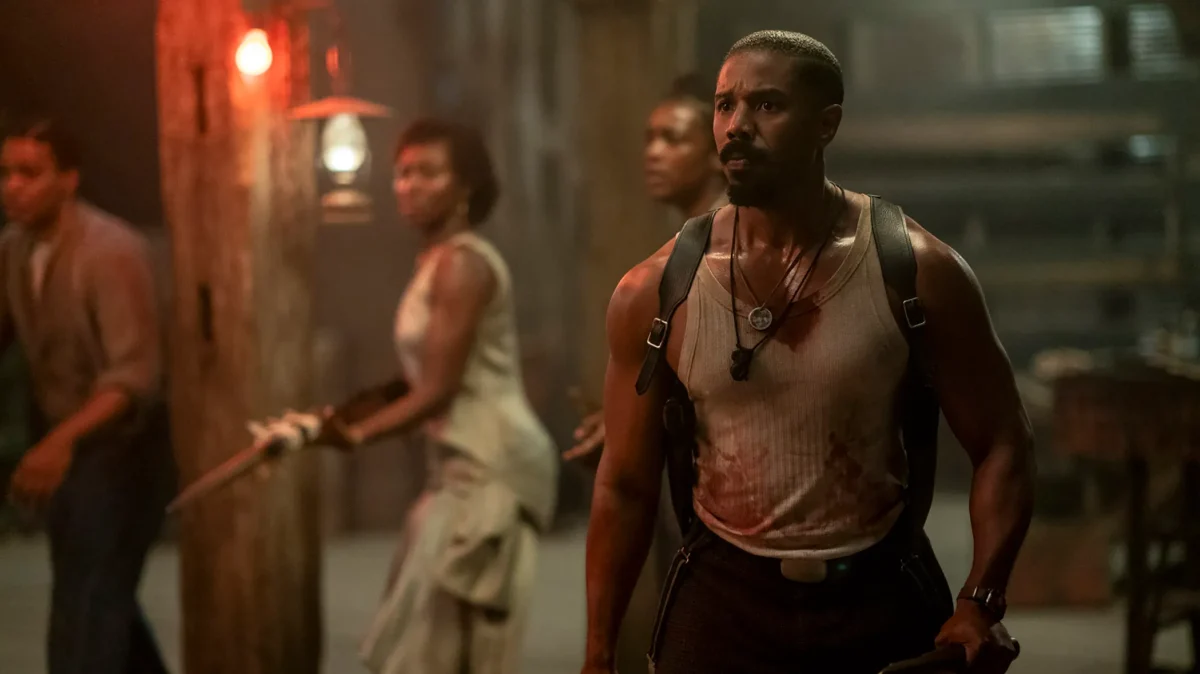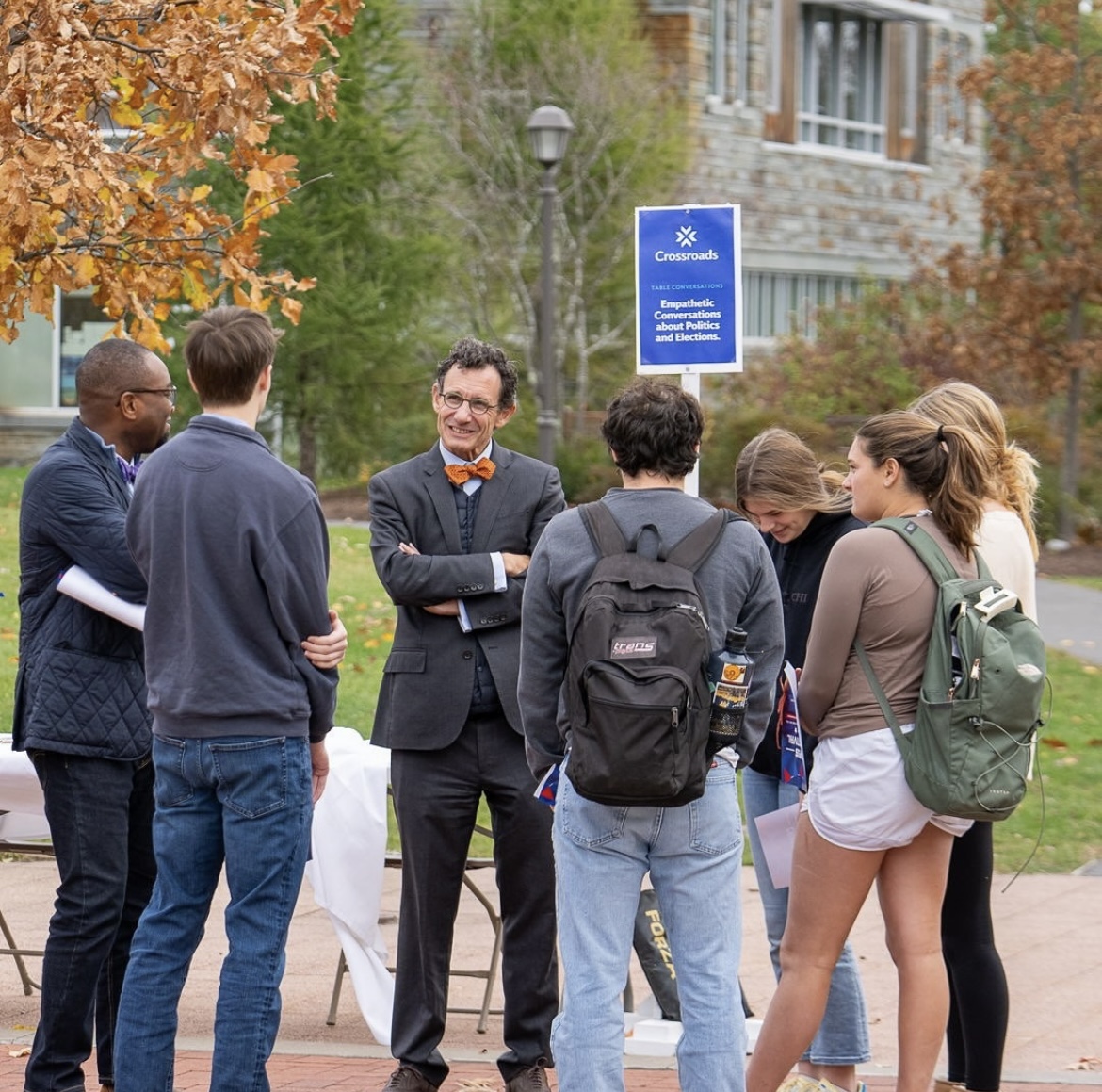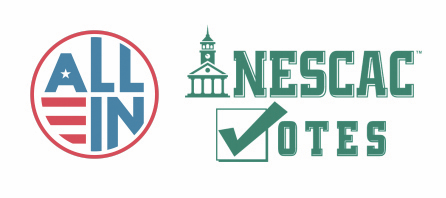
College campuses can be breeding grounds for political discourse and action. Bright and curious people participating in stimulating and challenging academic work create environments in which students are encouraged to listen, reconsider, and redefine.
Still, students tend to underperform at the polls. According to the National Study of Learning, Voting, and Engagement (NSLVE), student turnout nationwide was under 50 percent for the 2016 presidential election. With this in mind, the eleven NESCAC schools recently partnered with the ALL IN Campus Democracy Challenge, part of the non-profit Civic Nation, to develop an intra-conference initiative whose aim is to stimulate increased student voter education, registration, and ultimately, participation.
The “NESCAC Votes” initiative was conceived by staff at Middlebury and Bowdoin College, who worked throughout the summer of 2018 with the ALL IN Challenge to focus their efforts. Officially announced in March 2019 by the presidents of Middlebury and Bowdoin, the initiative seeks to raise the overall NESCAC campus turnout by eleven percentage points, from 53 to 64, for the 2020 general election.
The design of NESCAC Votes was informed by NSLVE, with additional research conducted by Tufts University. This ongoing study presents an analysis of the voting patterns of college students at participating institutions, gathered primarily from the 2016 presidential election. One of the organizers of NESCAC Votes, Middlebury’s Ashley Laux, described the “institution-specific student voting data” provided by NSLVE as critical to the successful collaboration that became NESCAC Votes. At next month’s NESCAC Votes summit, Laux says representatives from each school will meet to plan and discuss how NSLVE will continue to “inform get-out-the-vote efforts and campus democratic action plans.”
A critical aspect of the ALL IN Challenge — and by extension, of the NESCAC Votes initiative — is non-partisanship. The ALL IN website has a conspicuous “Statement Of Non-Partisanship,” in which the movement affirms its impartiality towards candidates and parties; it says it is partial towards only “informed participation” and “American democracy.”
Such an egalitarian commitment is especially important in the NESCAC, a conference comprised of largely liberal student bodies and institutions, where more moderate or conservative students and faculty may feel overlooked. At Hamilton specifically, the HamVotes Committee maintains a similar promise of non-partisanship. In fact, the agendas of both NESCAC Votes and HamVotes are nearly the same in their designs and aims. With the operation of and collaboration between these two programs, Hamilton looks to play host to a lively scene of political discourse and civic education in the coming year.
Hamilton-relevant data pulled from NSLVE appears to bode well for the school’s future political involvement. The 2016 voter turnout across the NESCAC campuses was higher than the national averages for both college students and college-aged non-students. Out of all 50 states, New York saw among the largest overall increase in institution voting rate from 2012 to 2016. The Hamilton voting rate jumped from 9.9 percent to 40.4 percent between 2014 and 2018, with each class showing essentially equal levels of improvement, though the figures do increase slightly with age. Voter registration also went up from 69.3 percent to 86.3 percent. The efforts of the NESCAC Votes initiative looks to strengthen these positive trends.
Going forward, NESCAC Votes is building primarily toward the next year’s presidential election. Naturally, such a high-profile vote fosters significant political interest that will potentially translate to greater participation in NESCAC Votes’ efforts. Organizers are not yet sure whether the initiative will continue beyond the 2020 election but say they would certainly consider its maintenance probable.
“If other students, staff, and faculty find value in the network created by NESCAC Votes then it’s possible we will continue,” said Laux. “I am already so pleased by the community this initiative is helping us build.”


